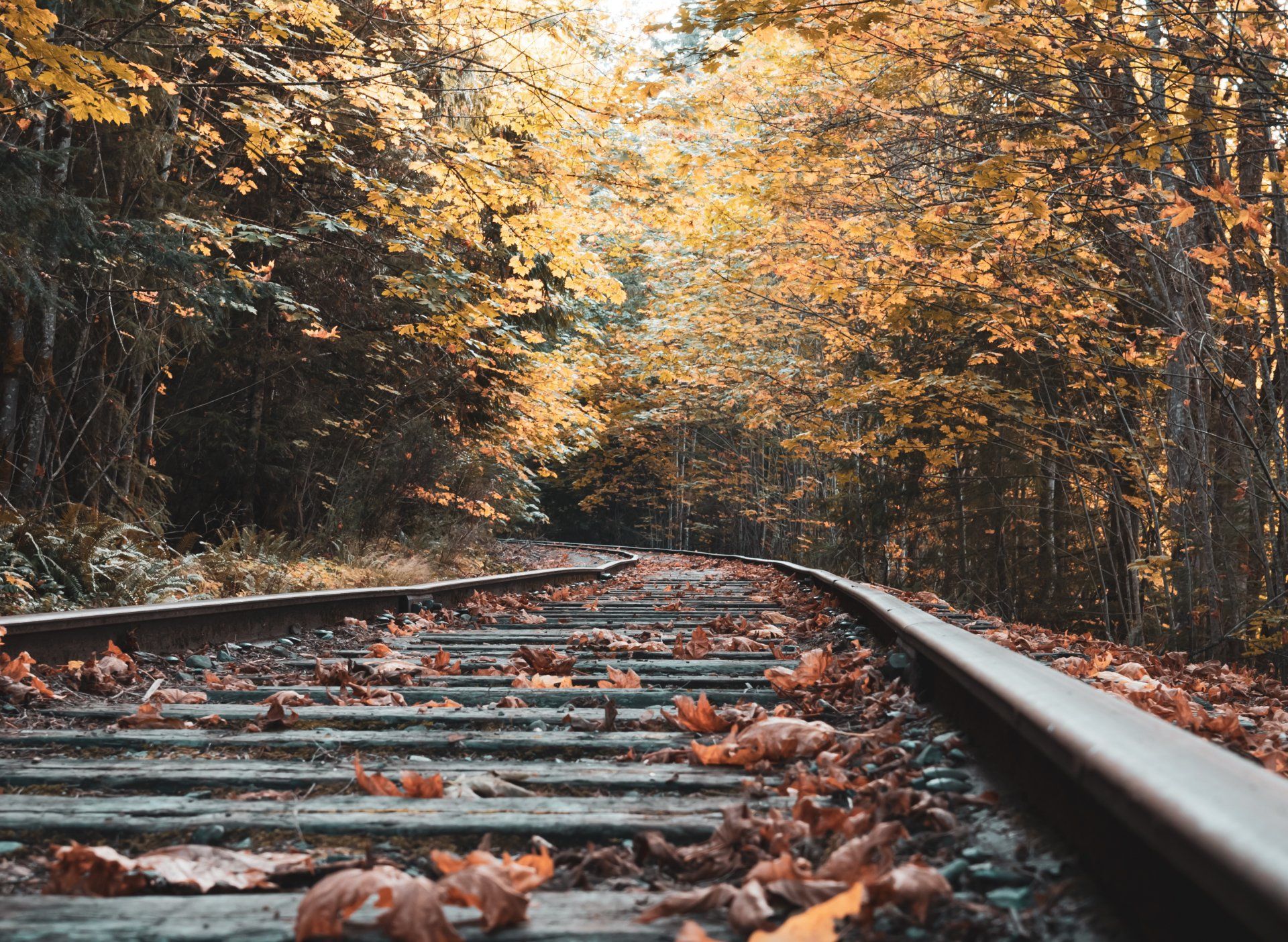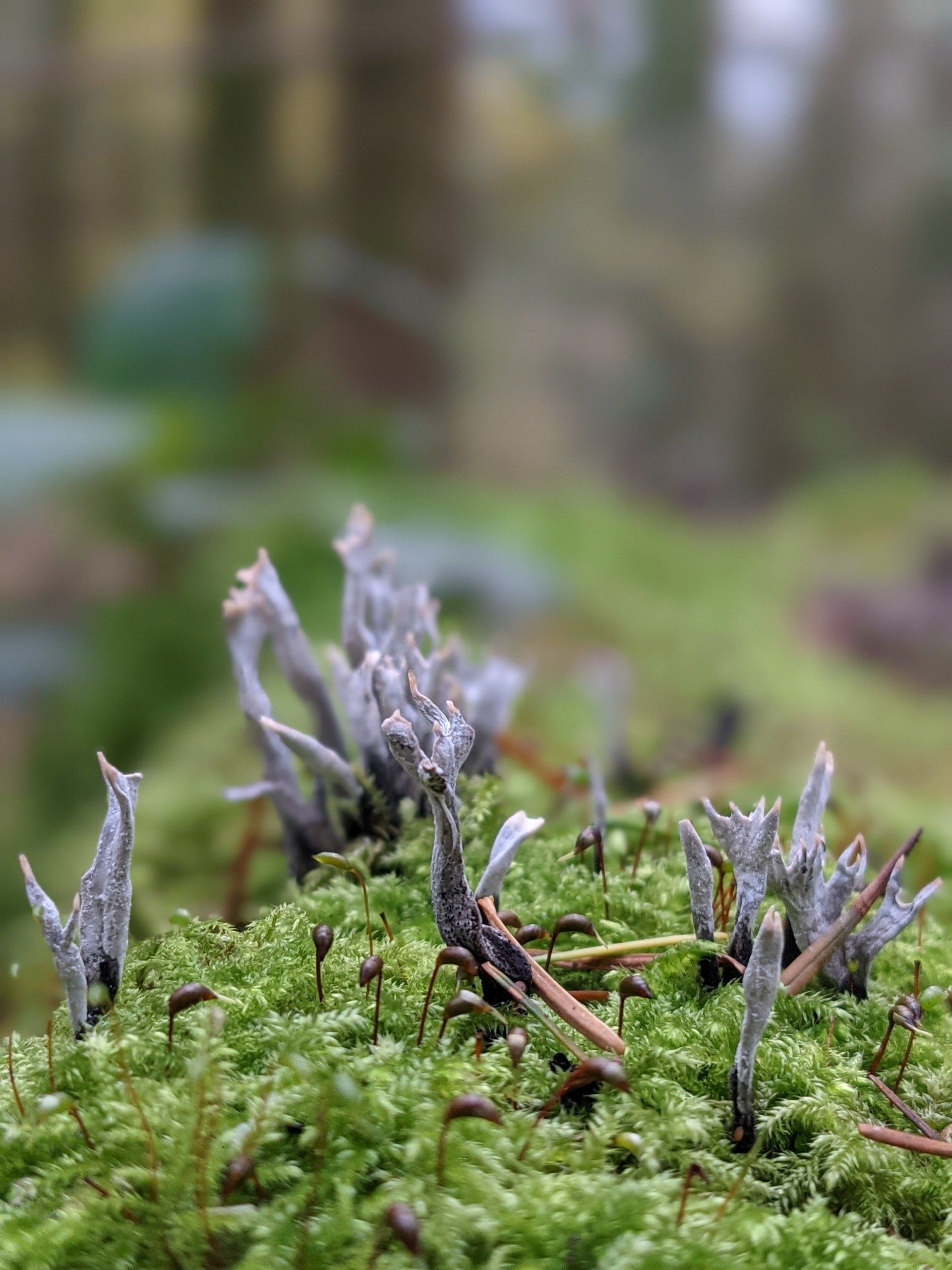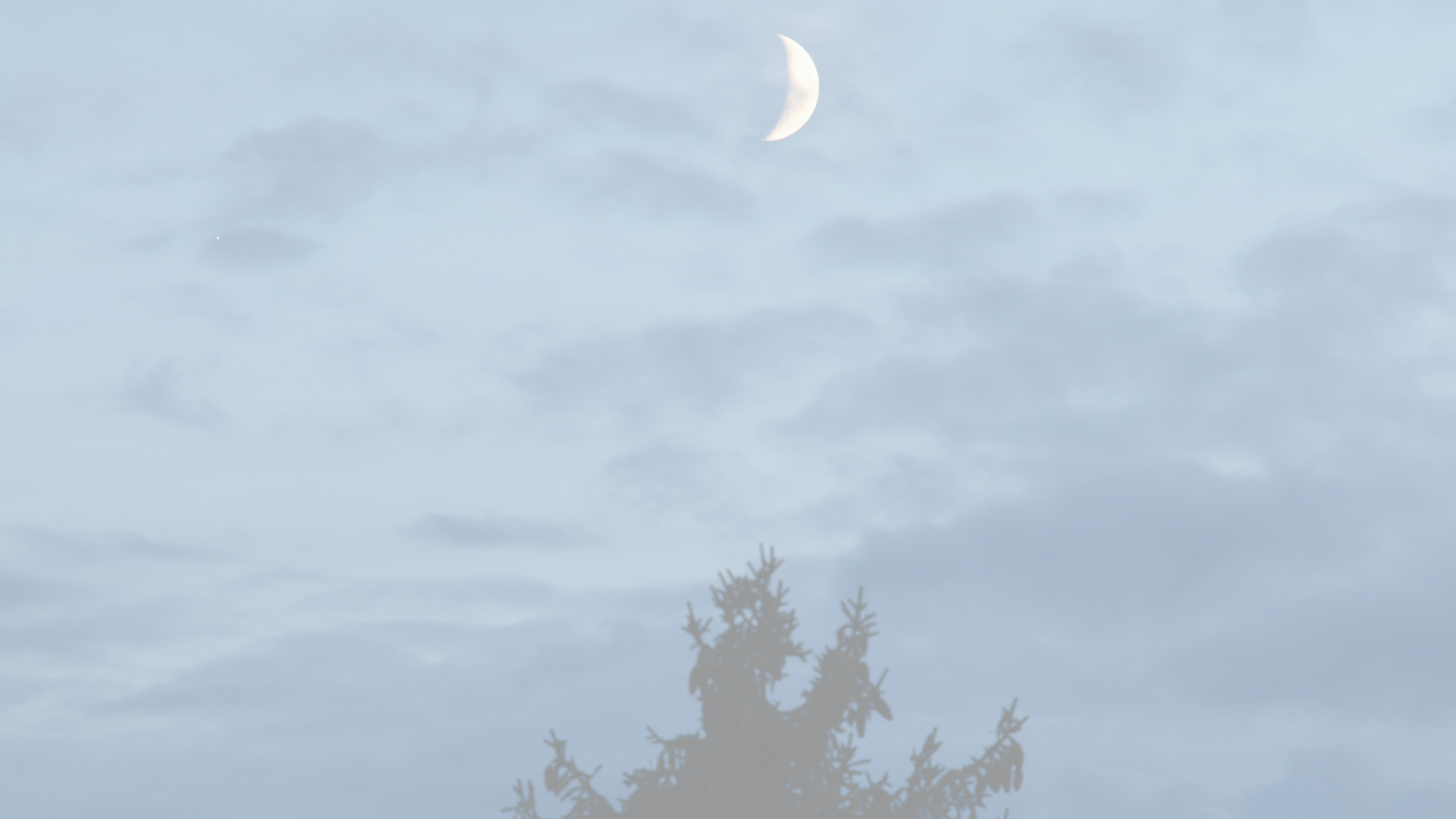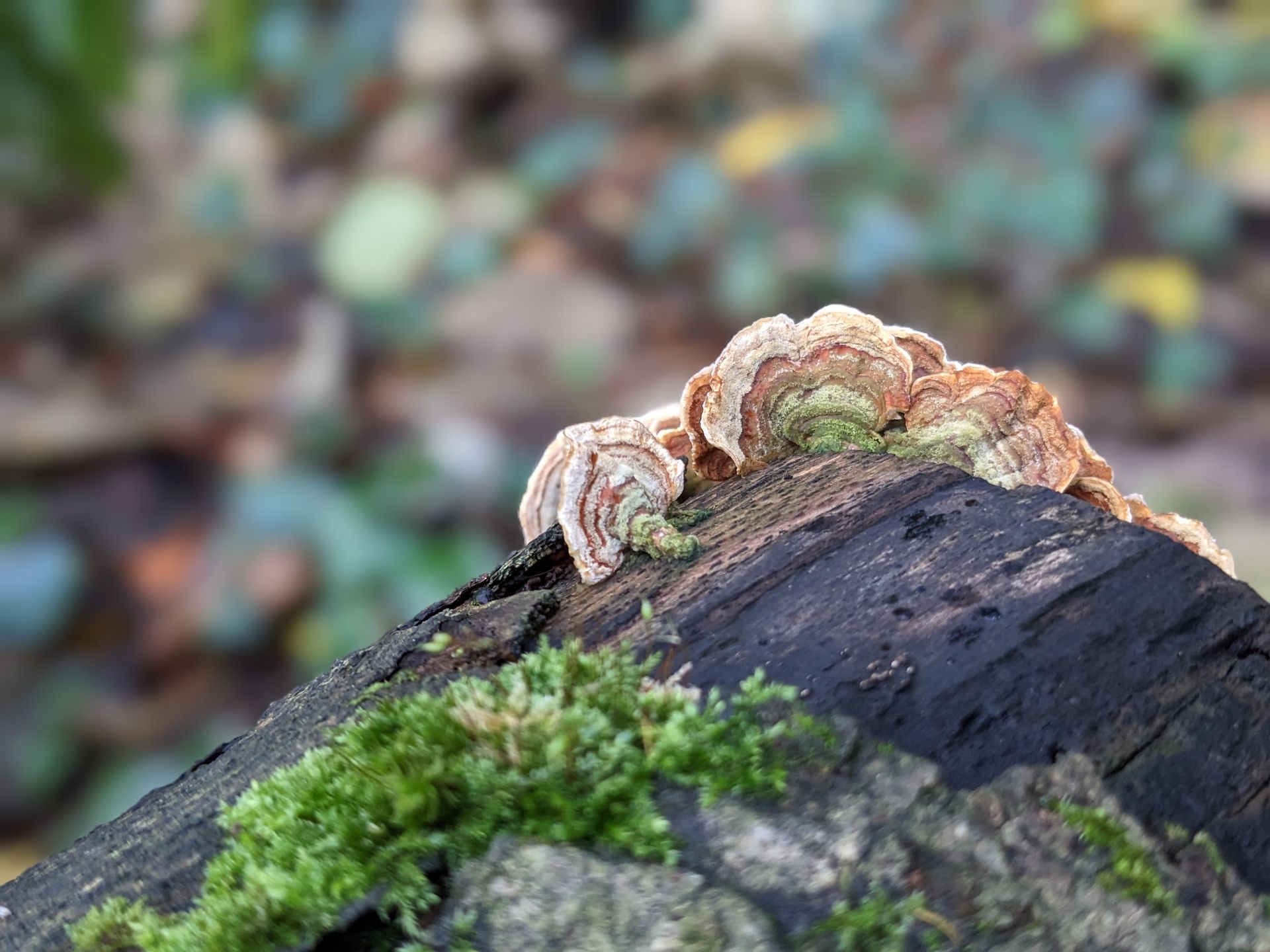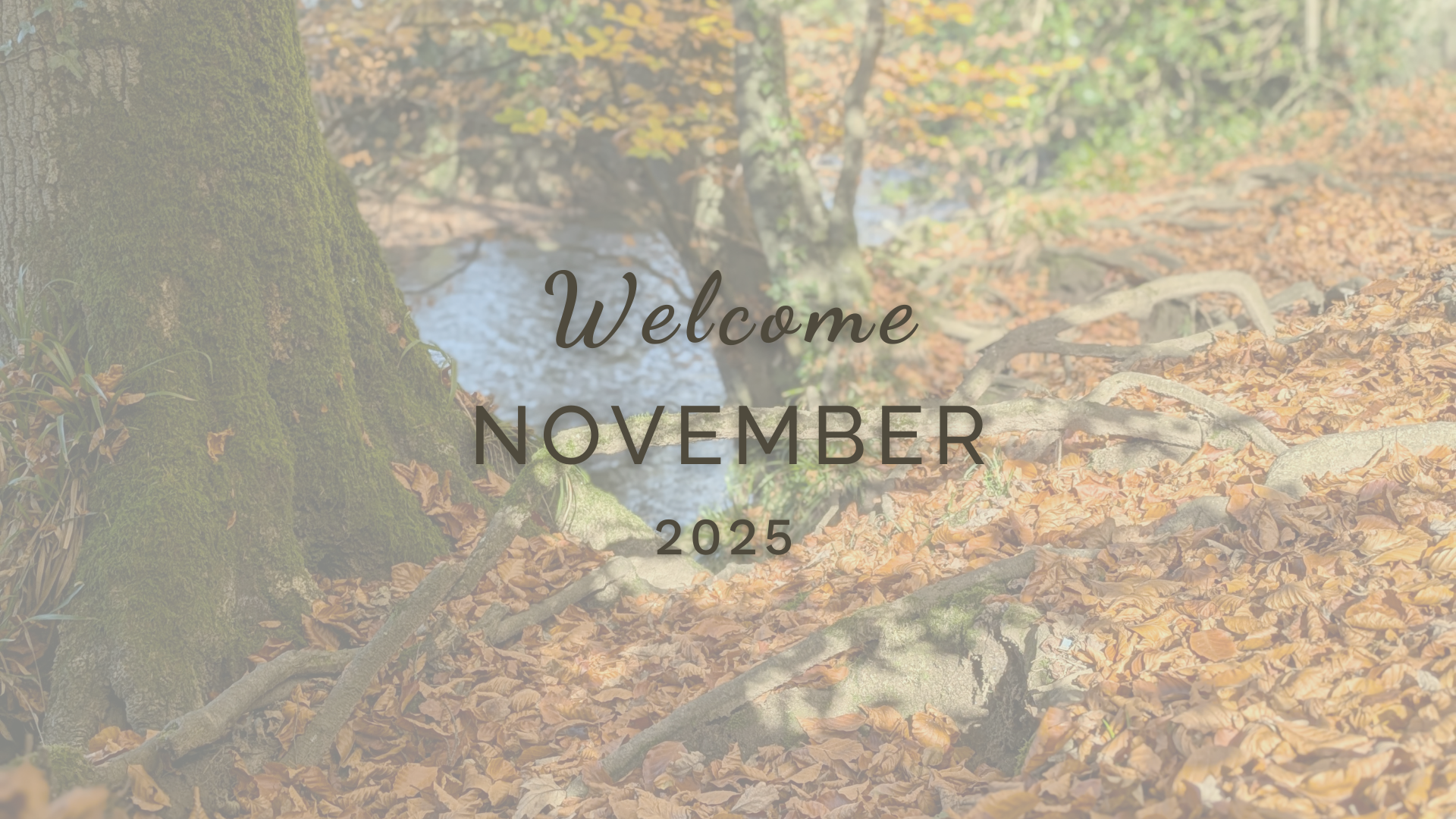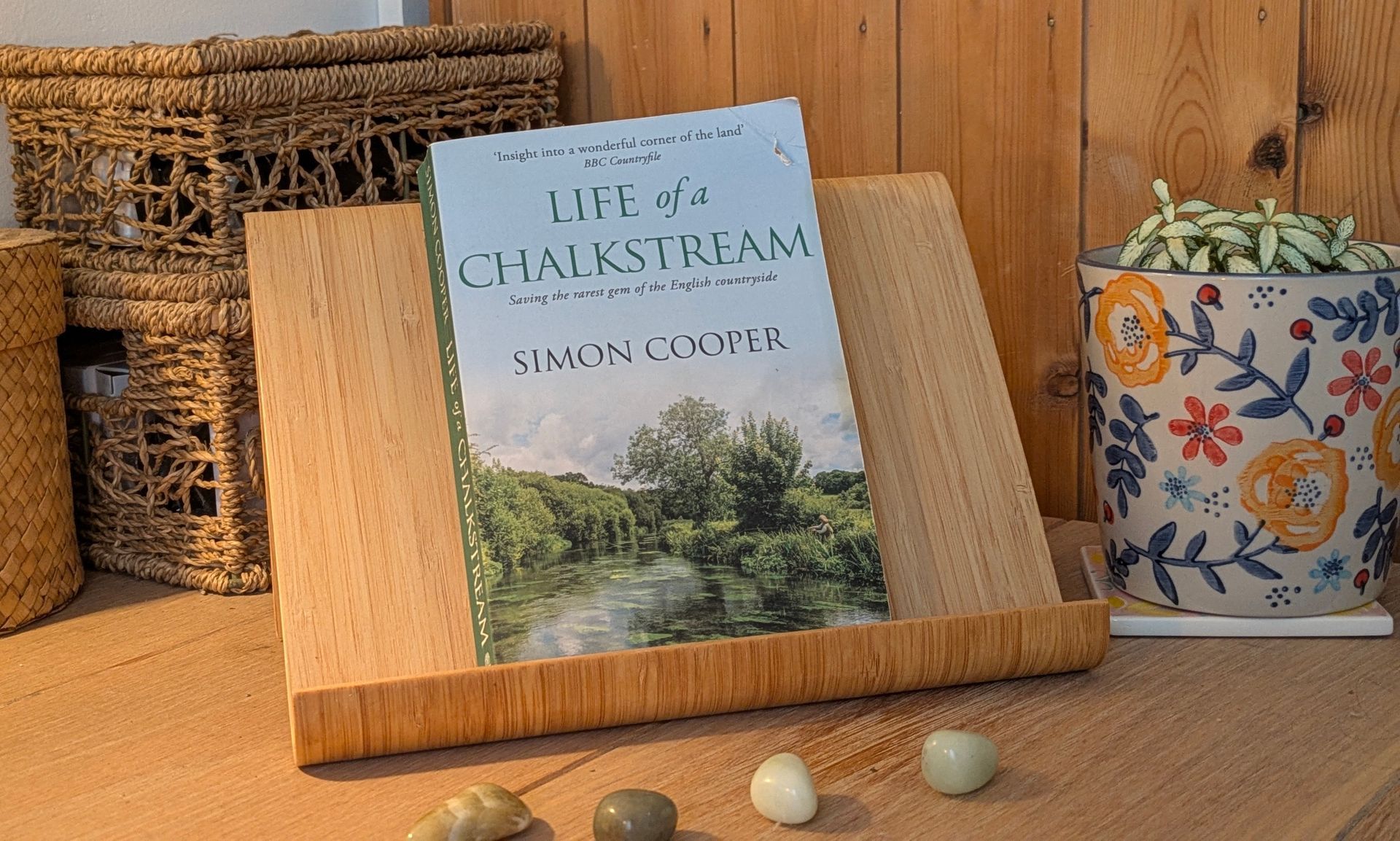Discovering Nature in Unexpected Places
Nature is everywhere which means we can experience the wild in the most unusual places
More than half of people on this Earth live in large towns and cities and that number is growing. This is why it is becoming increasingly important to know that Nature thrives just as abundantly in man-made environments and is there for us to discover and enjoy if only we knew where to find it.
Nature is often considered to exist far away from built-up areas but in reality, natural ecosystems can be found everywhere and not just in dedicated recreational spaces or informal green spaces such as public parks, green streetscapes, dedicated green areas, roof gardens and community gardens.
As wonderful as these places are, an abundance of Nature can also be found in lesser known public places, especially abandoned places where Nature has been left to grow wild.
Here are some ideas to encourage town and city dwellers to explore further off the beaten track where you can enjoy wildlife and even perhaps claim a patch of Nature as your own.
Abandoned Ground
With the proviso that most land nowadays is privately owned, abandoned spaces can be found scattered across town and cities. Without ‘breaking in’ which would be considered trespassing, discovering unfenced or open ground of this kind is entirely possible.
Whilst it is always worth finding out what laws apply, exploring an abandoned location is not illegal and trespass is not a criminal offence. It is rather a civil matter but very often these places are unmanned and left open for exploration. Just make sure you are aware of the history of the ground you intend to walk on and that you identify any potential hazards such as crumbling buildings, old shafts and so on that might pose any danger.
Applying common sense is the best option. If you are doing no harm to the land, are aware of dangers and ‘leave no trace’ of your presence, this can be an exciting way to discover Nature growing in the wild in abandoned parts of towns, cities and old industraial areas.
Churchyards and Cemetaries
Churchyards may seem an odd place to go looking for Nature but I have found them to be some of the most tranquil and abundant of urban Nature reserves. Many forms of life can be found growing naturally in these secluded sanctuaries.
Old cemeteries are peaceful and often well tended where Nature is preserved (and in some areas left to grow wild) as part of a calming aesthetic. Semi-natural habitats provide homes for many plant, bird, bat, animal, reptile and insect species. With cemeteries being increasingly recognised as places of refuge for wildlife – especially in big cities - many of them are leaving the older parts of the graveyard, where people don’t visit much anymore, a bit more unkempt.
Nature can be found growing on and around gravestones and stone walls with shrubs and hedges providing plenty of nooks and crannies for wildlife to hide. Old trees and the church building itself offer places for birds and bats to nest and flourish in an oasis of undisturbed green space in the most built-up areas.
Pathways and Cyclepaths
Did you know that in England and Wales alone, we have over 140,000 miles of footpaths, bridleways and byways that make up our public rights of way?
This ancient network is maintained at the public expense by the local Highway Authority although 49,000 miles of paths could be lost forever if they are not registered by 2031. The Ramblers are working hard to do this under their Don’t Lose Your Way campaign which I have been supporting for several years.
While Public Paths are more prevelant in the countryside and fields surrounding town areas, in every city you will find secret pathways or shortcuts that have been paved by choice rather than by prescription marking the most effective routes between common areas and across central grassy areas too.
Cycle paths are another place where Nature can be found and if you are lucky enough to find a hidden pathway - why not clear away the debris and claim it as your own?
Old Ruins
Old and ancient ruins can be found all over the country, often located in or around our most urban areas. From crumbling castles and abandoned churches, to unfinished manors and forgotten follies. Many are found in remote rural locations, while others can be found hidden in leafy suburbs and busy cities. A good example is London with its ancient abbeys and secret cemeteries slowly being returned to Nature.
These relics are often best approached slowly on foot from a distance so that you can feel the first flicker of excitement when you spot a ruined tower poking above the trees, or spy the shell of a distant ruin rising beside a riverbank. After all, finding each one is part of the adventure.
The walls of ruined buildings become habitats for uncommon plants and are often surrounded by grassland and banks that support the richest wild flower and butterfly sites. Barn owls, Kestrels and Little Owls are birds that often haunt ancient sites and every ivy covered ruin wall is a potential nest site for Wrens, Robins and many other small birds.
Viaducts and Old Railway Lines
Viaducts are commonly used in many cities as railroad hubs such as in Birmingham, London and Manchester. They have (or had) a purpose to keep highway and city street traffic from being continually interrupted by train traffic and some carry railroads over cities with many cross-streets and avenues.
There are thousands of disused railway lines all over the British Isles that are open to the public, running through cities, towns and spectacular areas of countryside. Here you can enjoy a walk that is flat, traffic-free and often suitable for bikes, pushchairs and wheelchairs. A railway walk is the perfect way to get moving whatever the time of year and you will always find Nature flourishing along these undisturbed lines.
Canals and Towpaths
Across England and Wales there are around 2,000 miles of canals and rivers that flow through cities, past homes, alongside offices and out into glorious countryside, bringing walking and wellbeing opportunities to millions of urban dwellers.
The Canals and Rivers Trust is the best place to find information about where these networks are and what they have to offer. When I lived in the Midlands or Black Country as it is known for it’s industrial connotations, a walk along the canal was my lifeline with towpaths bursting with trees, wildlife and waterborne creatures of every kind.
Urban Edges
Reading the wonderful book Common Ground by Rob Cowen completely changed my perspective on the forgotten wastelands that can be found on the edge of towns and cities.
Drawn to a piece of wasteland set against the backdrop of everyday life as a young couple moving to a new town, the author fell upon the opportunity to write about the wildness encountered in the more expected places.
Of the edge-lands he says: ' Even before I'd started the process of investigating it in any depth I was aware that this edge-land was a crossing point where countless histories lay buried. Enmeshed in every urban edge is also the continuous narrative of the subsistence of nature, pragmatic and prosaic, the million things that survive and even thrive at the fringes.'
Nature in the city
Even in the busiest town or city you will find animals out and about in the early morning before the day’s bustle begins. Walk around your neighborhood, or your neighborhood park, as close to sunrise as possible, and see what animals you can spot as they make the most of the quietest time of the day.
You might see bugs, butterflies, bees, birds, squirrels, foxes, rabbits, hedgehogs and even Peregrine Falcons nesting on the top of tall buildings depending on the time of year. Some may be considered pests but think of them kindly - it is human beings after all who have invaded their homes - they are part of Nature too. Watching their movements and antics can be as entertaining as it is relaxing - it’s a great way to start the day.
An urban landscape can vary greatly even in the same town or city. There might be some places that only have tall buildings with streets or green spaces lined with trees and flower beds, and other places where there are houses with gardens or small backyards where Nature spills out onto the pavement (or sidewalk) to brighten everyone’s day.
Apart from anything else, looking out for Nature on walls, between cracks, along fences and iron railings, is a great exercise in mindfulness and honing in on your observation skills. It’s the best way to focus, free the mind from stressful thoughts and get to know your urban location from Nature’s point of view.
Nature is waiting for you!
I hope this post inspires you to seek out Nature in the lesser known places around your town or city. Remember that discovering, observing and appreciating Nature is a tonic for the soul and you never know what you might find in your urban landscape.
One thing is for sure, wherever you are located, Nature is out there waiting for you to enjoy!
Sue Cartwright
Spiral Leaf
Thank you for sharing!
for you, for me and for Mother Nature
Latest Posts
All Posts

